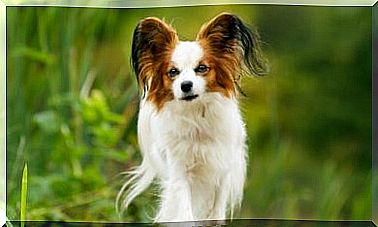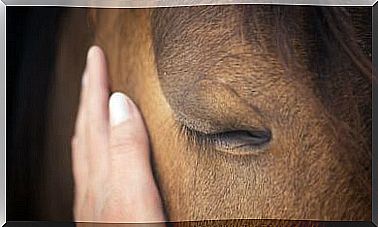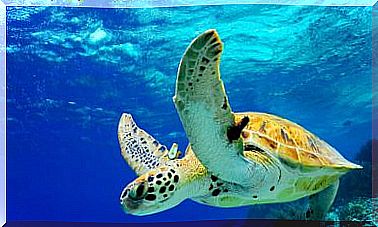How Is The Joint Ownership Of Animals?
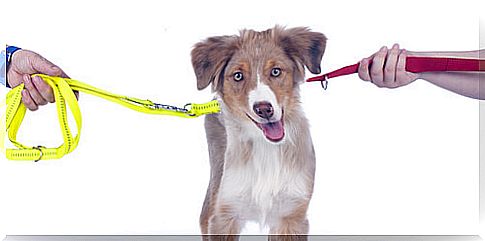
The joint ownership of animals is a relatively new legal figure, which has become very important in divorce cases. But its legal concept goes beyond the famous and pleasant: “who gets the dog?”.
Next, we will explain the main cases in which the joint ownership of animals is applied and how the shared ownership of pets occurs specifically after the separation of a couple.
Legal regime regarding the joint ownership of animals
Traditionally, laws, and consequently their agents, have treated animals as property that can be the subject of joint ownership. In other words, several people can be the owners or owners of the same animal; For this reason, it is possible to talk about joint ownership of animals in the legal field.
The legal aspects of joint ownership of animals are still guided by the legal regime on community property, established in the Spanish Civil Code. In general, these regulations only apply when it is necessary to initiate legal action due to the lack of agreement between the parties that share ownership of the animal.
These conflicts are quite common in the shared acquisition of horses dedicated to sports and competitions. And to avoid reaching this stage, it is advised that the co-owners always make a contract before jointly acquiring the animal.
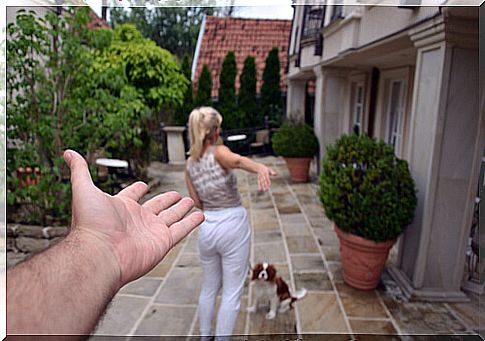
The body of the document must clearly and objectively detail the conditions of co-ownership and the obligations of each owner, in order to avoid future legal disputes.
Considerations on joint ownership of animals
The first thing to be clear about is that community members, in the case of joint ownership of animals, are called quotas. The fees are essential when determining what corresponds to each co-owner in the event of termination of the agreement. And they also help regulate the responsibilities of each owner in the maintenance of the animal.
Likewise, it is usually presumed that the participation of each co-owner in the ownership of the animal will be identical. If not, the proportions corresponding to each owner must be reflected in the contract, as well as their different obligations and rights.
Regarding the rights and obligations, the Civil Code determines as a general rule the decision of the majority of the co-owners. It also provides for the right of each owner to designate his responsibility for the management of the animal to an administrator.
In the event of a disagreement between the owners or if inconsistent or arbitrary determinations are approved according to the previously established agreement, each co-owner has the right to take legal action to abandon the agreement and receive compensation proportional to their share in the joint ownership.
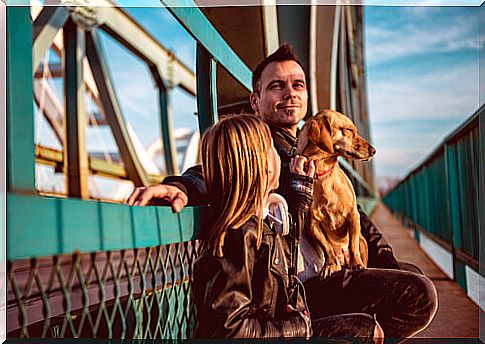
Shared ownership of animals in case of divorce
Currently, there is a history of divorce in which a joint custody of pets has been determined, understanding them as family members and not assets that can be shared between the parties.
In fact, more and more couples decide to develop a regulatory agreement that covers their pets at the time of formalizing their separation. In this document, the responsibilities and rights of each party are detailed in order to ensure that the animal receives appropriate care.
As is logical, these types of regulations also detail the division of expenses from animal nutrition, hygiene, well-being and preventive medicine. That is to say, of the basic expenses.
The rules of a joint custody are also established so that the end of the affective bond does not affect the right of each owner to enjoy the company of his best friend.
In this sense, it is advised that the owners agree in advance how they will share time with their pets during business days and weekends, or if a meeting point will be adopted for collection and delivery of the animal, among other practical issues that avoid problems future between the parties.
All these issues are innovative in the legal field, because the animal is no longer understood through a material concept (of good), to place it in a position similar to that of children during a divorce. In addition to offering a more dignified treatment to the animal, this could be another step towards the recognition of animal rights.




